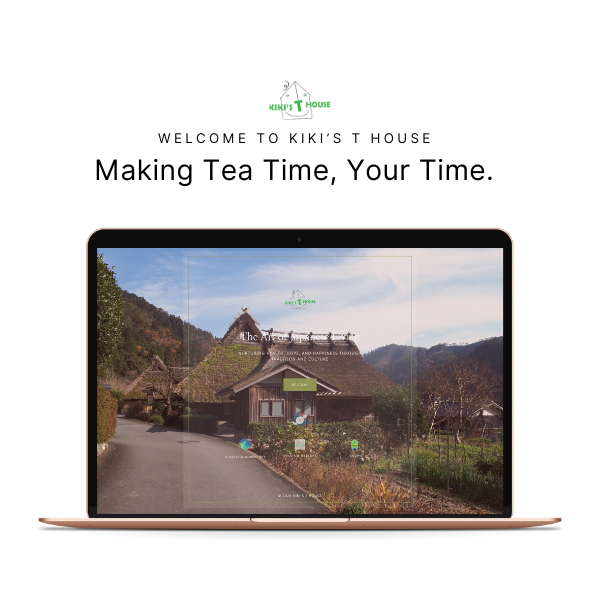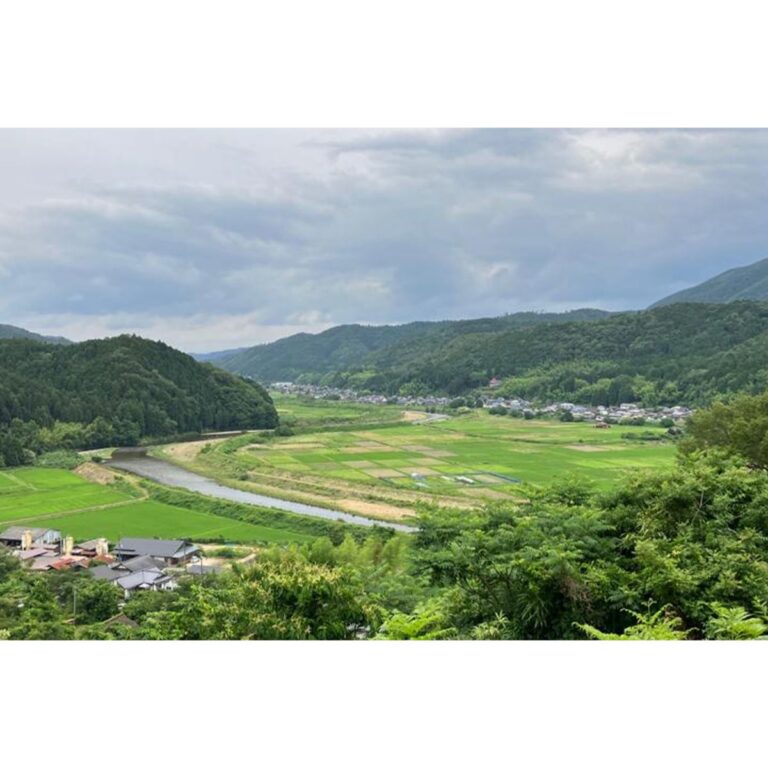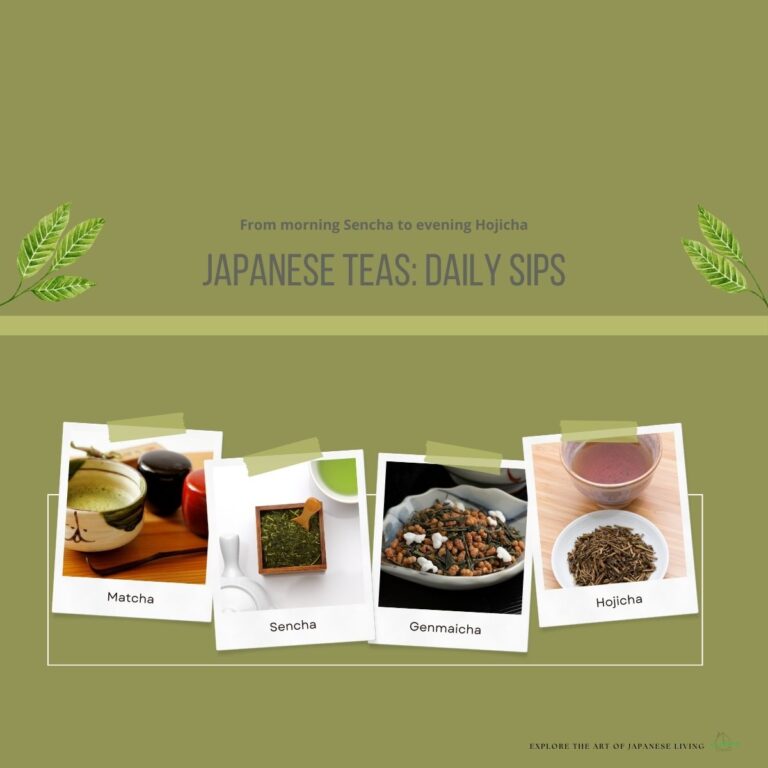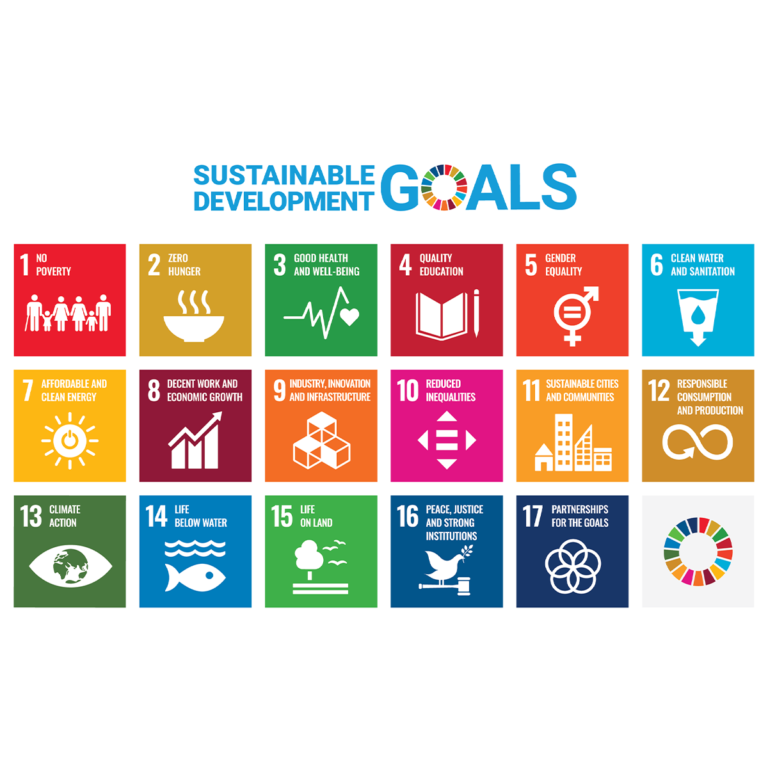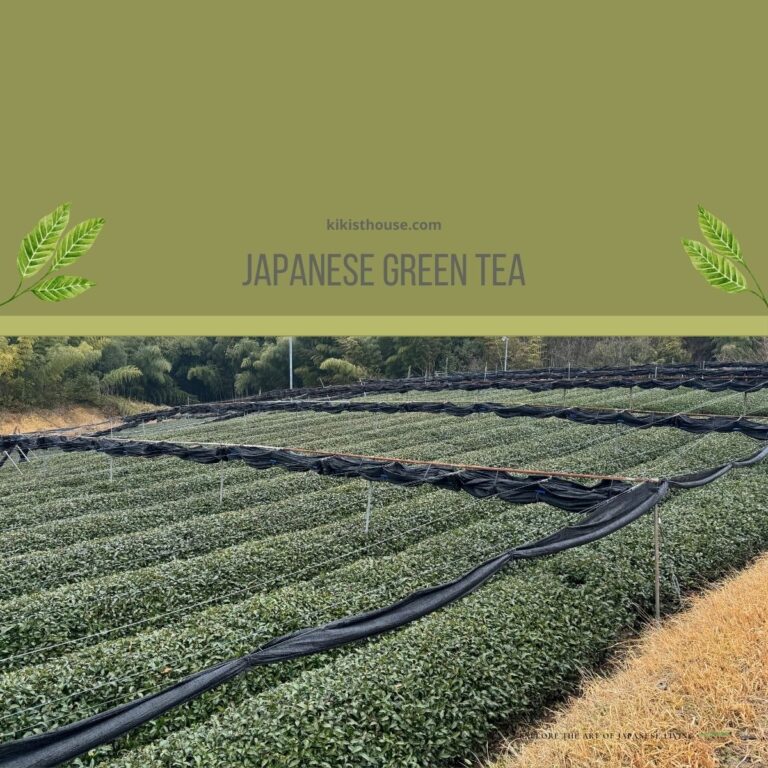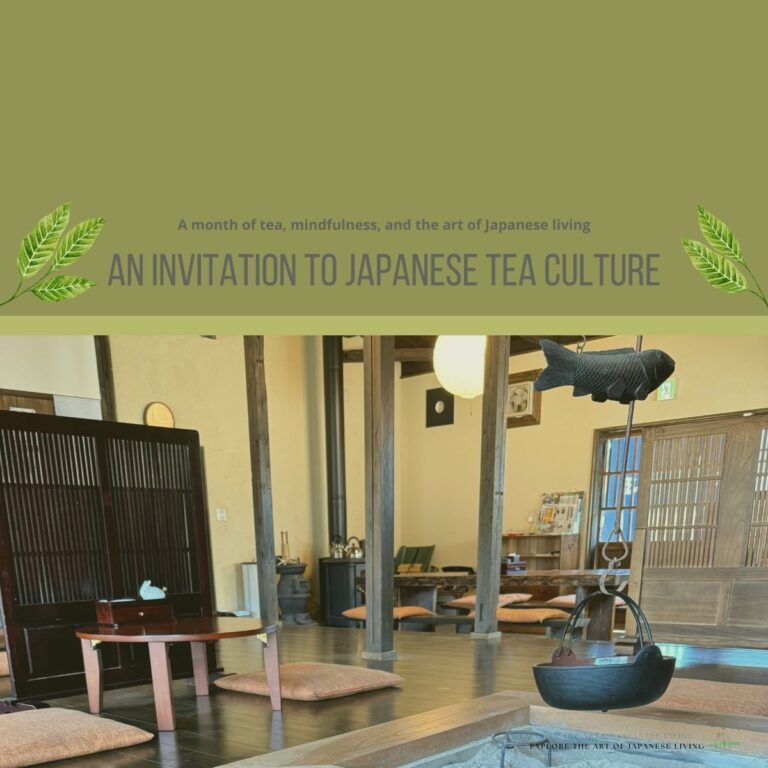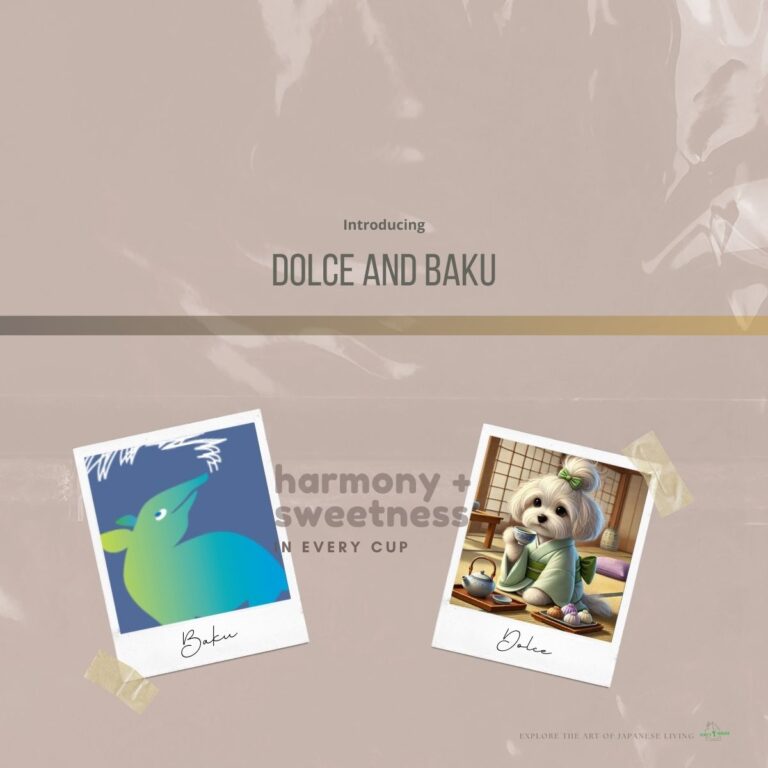From Corporate Roots to Cultural and Environmental Renaissance: The Journey of Kiki’s T House | 新しい文化の息吹
My transition from the fast-paced tech industry to founding Kiki’s T House has been a journey of unexpected discoveries. Along the way, I’ve cultivated a deep appreciation for cultural exchange, sustainability, and the Japanese principle of mottainai, which emphasizes respect for resources. These experiences have reconnected me with my roots and inspired a vision to bridge Japan and the U.S. through lifestyle, heritage, and living with intention and purpose.
Together, let’s create a future that harmonizes tradition and innovation, celebrating the best of both cultures through thoughtful and meaningful choices.
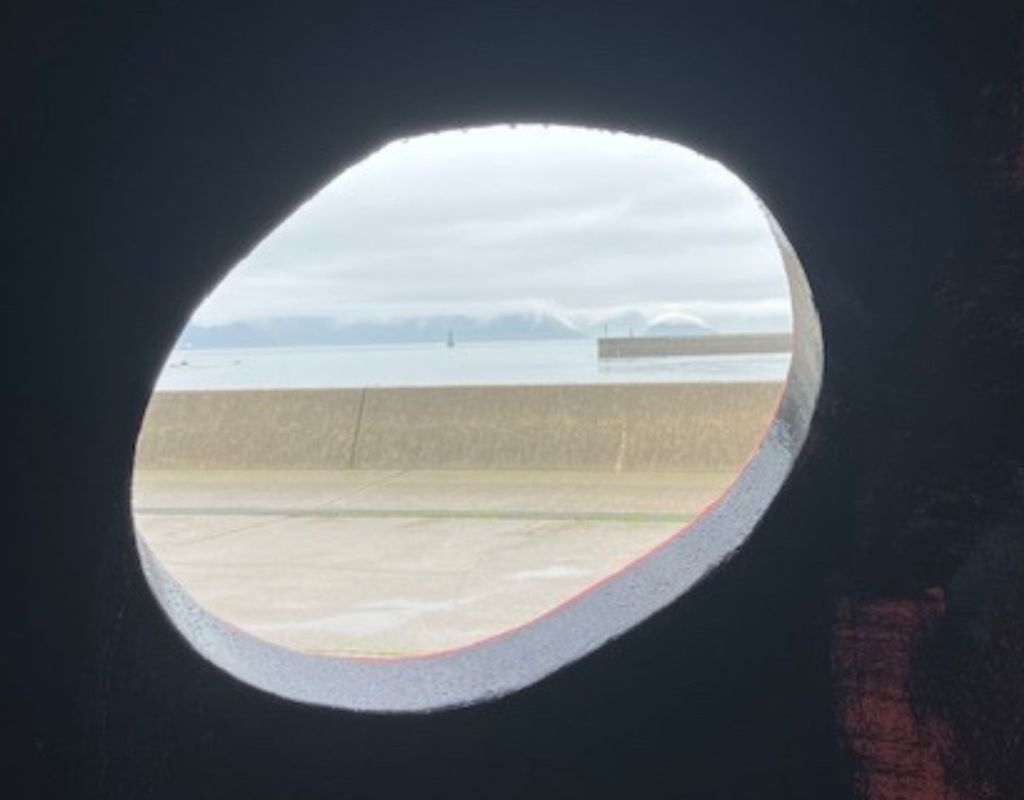
The Early Inspiration
Joining a tech giant during its pivotal expansion in Asia-Pacific introduced me to a wave of transformative projects. Supporting executives at the regional headquarters and the Tech department’s expansion into this market taught me about business, technology, and the cultural shifts that shape our world. Whether acting as a liaison between departments or overseeing statistics and procedural manuals, I witnessed firsthand how change—whether in technology, lifestyle, or work practices—can significantly affect people’s lives.
For example, I remember working closely with teams across language and cultural barriers to establish best practices for project implementation and sustainability initiatives. I observed how such improvements directly impacted people. These experiences laid the foundation for a broader vision: blending technology with purpose and connecting cultures meaningfully.
The Turning Point: An Environmental Awakening
About five years before I left my corporate role, I took on a transformative project: managing the ISO14001 Environmental Management System certification at a data center. Around the same time, the concept of mottainai (もったいない)—meaning “don’t waste” or “use resources with respect”—gained global awareness through Nobel Peace Prize laureate Wangari Maatha. Inspired by this ethos, I became deeply committed to environmental responsibility, and I wanted to bring this approach into my work and daily life.
To deepen my knowledge, I explored the United Nations Sustainable Development Goals (SDGs), and Japan’s Education for Sustainable Development (ESD) guidebook and even obtained expertise as an Environmental Planner (ER) through the Japan Environmental Planning Society (環境プランニング学会). These experiences sparked a personal transformation and led me to develop office-wide initiatives for reducing waste.
For instance, I re-engineered office layouts, streamlined utility areas, and engaged employees in sustainability practices, achieving a 95% reduction in our administrative office budget over three years by focusing on waste reduction and responsible resource use. This approach didn’t just save money; it brought clarity. I learned that we need far less than we think and that our needs should align with our values—a principle that remains a cornerstone for Kiki’s T House.
The Leap: Building a Culturally Connected, Sustainable Future
Leaving the corporate world was a leap of faith that granted me the freedom to reflect on and redefine my goals. I aspired to apply the principles of mottainai beyond company walls, blending my passion for cultural exchange and sustainability into something impactful. The concept of Kiki’s T House began to take shape, driven by my desire to connect Japanese and American cultures through lifestyle and sustainability.
A pivotal moment of inspiration came from reconnecting with my family’s roots in Japan. Twenty-three years ago, after my father’s passing, his last words—“Let’s go visit Kyoto,” his hometown—didn’t resonate with me. But years later, as I watched my mother’s memory fade, I felt compelled to rediscover my heritage. My travels across rural Japan revealed the challenges these communities face, such as declining birth rates, an aging population, and urban migration. However, I was inspired by young artisans passionately preserving their traditions and revitalizing their towns. This sparked my dream of fostering connections that celebrate and sustain cultural heritage. I envisioned Kiki’s T House as a bridge, honoring and preserving these traditions across cultures.
In 2019, after five years as a caregiver, I lost my mother. Her passing profoundly impacted me, especially when I saw our dog, Dolce, looking out the window at clouds parting—a moment that felt like a gateway to heaven. This was a turning point. I realized I wanted to support communities, nurture everyday lifestyles, and carry forward the values my parents passed down: bridging Japan and the U.S. in a way that keeps both cultures alive. Read more in A Place to Call Home: Finding Comfort and Connection at FamFam and Dolce – しあわせの隠れ処.
The Road Ahead
With Kiki’s T House, I aim to bring this vision to life. I’m working to inspire a lifestyle that values simplicity, cross-cultural connections, and responsible consumption. By weaving together the best influences from Japan and America, I hope to create a space that encourages mindful living, grounded in respect for nature and a deeper appreciation of diverse traditions.
Soon, I’ll be introducing DiscoverX Lab for classes, workshops, and meetups, including ‘Tea Tales from Japan,’ an exploration of Japanese tea culture, and ‘Crafting Stories from Japan,’ offering hands-on activities and deeper cultural insights. Additionally, Chicago Zakka will blend Japanese zakka and tea, creating a unique space for peaceful, thoughtful living.
So, welcome to the journey! I’m so excited to be on this journey with you and warmly invite you to join us in creating a culturally enriched lifestyle community. I can’t wait to share more about Japanese traditions, conscious fashion, and simple lifestyle tips as we come together to build a space that cherishes meaningful, mindful living.
Follow us on social media or join our newsletter to stay updated on upcoming events and insights.
Thank you for being part of this journey. Until next time, may your days be filled with calm hearts and warm cups.
Sipping Stories, Steeping Memories, and Sweet Dreams Together
Kiki and Dolce

